From ya pears to young mango and yellow watermelon and yellow guava, we are covering 19 fruits that start with Y in this helpful guide!
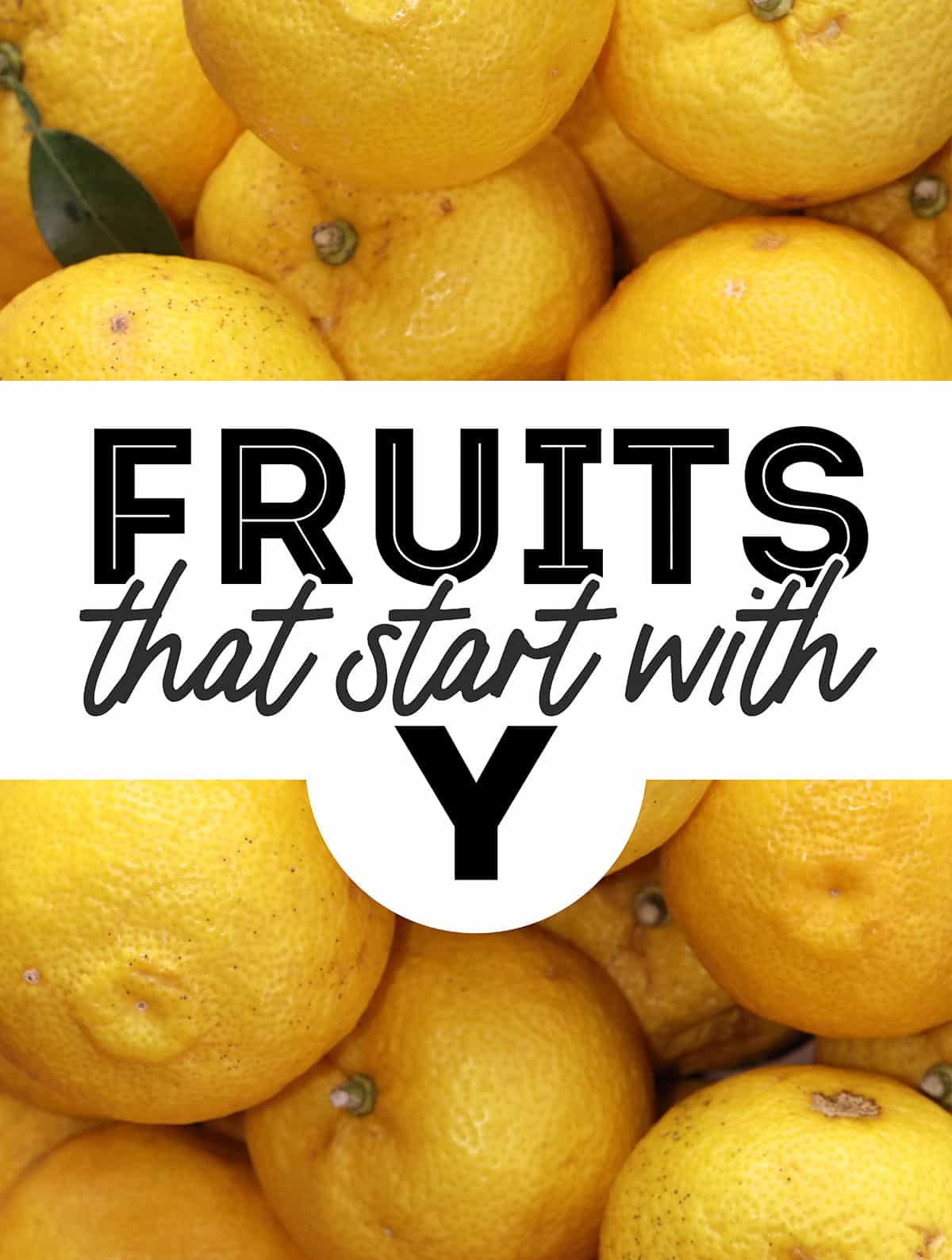
Fruits that begin with Y are mostly varieties of some of America’s most popular fruits (like a yellow strawberry or a yellow passion fruit). Some of these can be found at your local market but mostly they will be found at international markets. And with all these unique yet familiar flavors, we’ve made sure to include our favorite recipes to highlight some of these exciting ingredients!
- Ya Pear
- Yali Pear
- Yangmei
- Yayat
- Yellow Apple
- Yellow Guava
- Yellow Passion Fruit
- Yellow Plum
- Yellow Sapote
- Yellow Strawberry
- Yellow Watermelon
- Yemenite Citron
- York Apple
- Young Mango
- Youngberry
- Yucca
- Yumberry
- Yunnan Hackberry
- Yuzu
Ya Pear
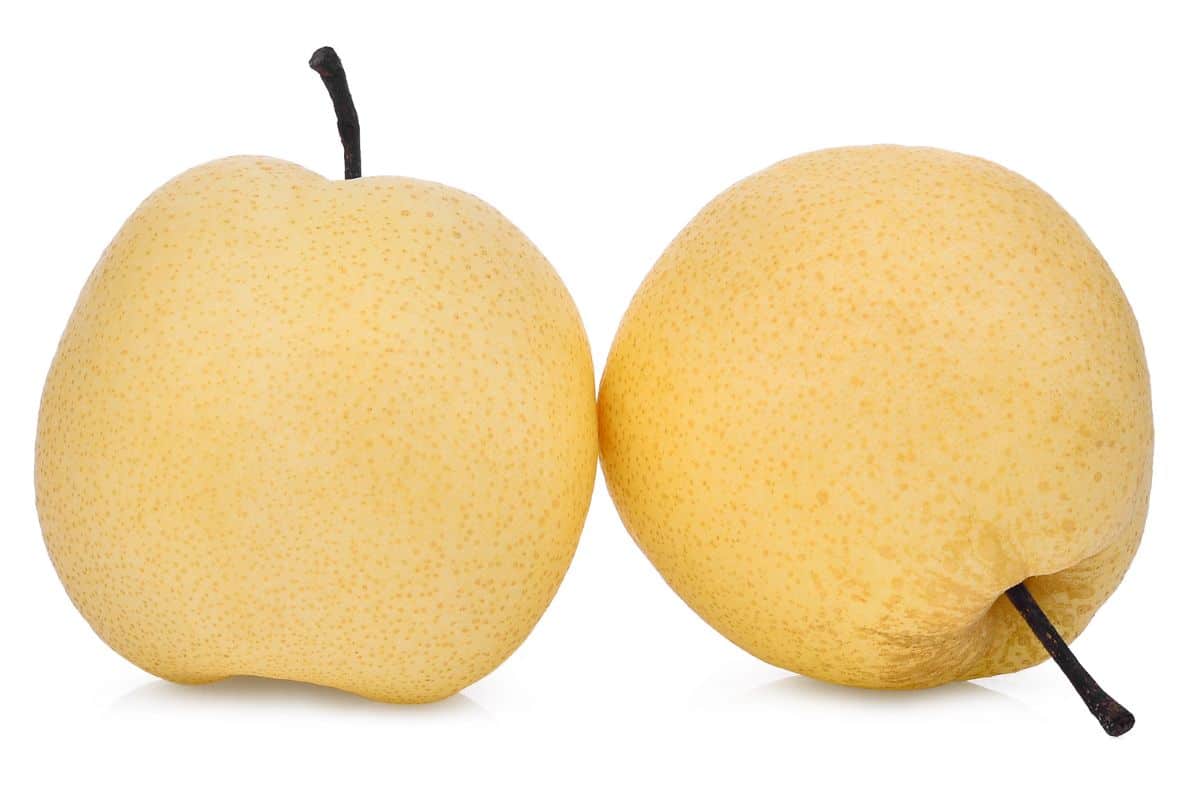
Ya Pear is the Chinese name for the Asian Pear. They are grown in northern China, and are a juicy & crunch variety. Asian Pears are a particularly sweet pear variant shaped more like an apple than other pears. It was introduced to America by Chinese immigrants in the mid-19th Century.
Asian pears are a great source of dietary fiber, potassium, and vitamin C, making them equally as nutritious as standard pears. They are great eaten raw, on fruit or veggie salads, or in baked goods.
Yali Pear
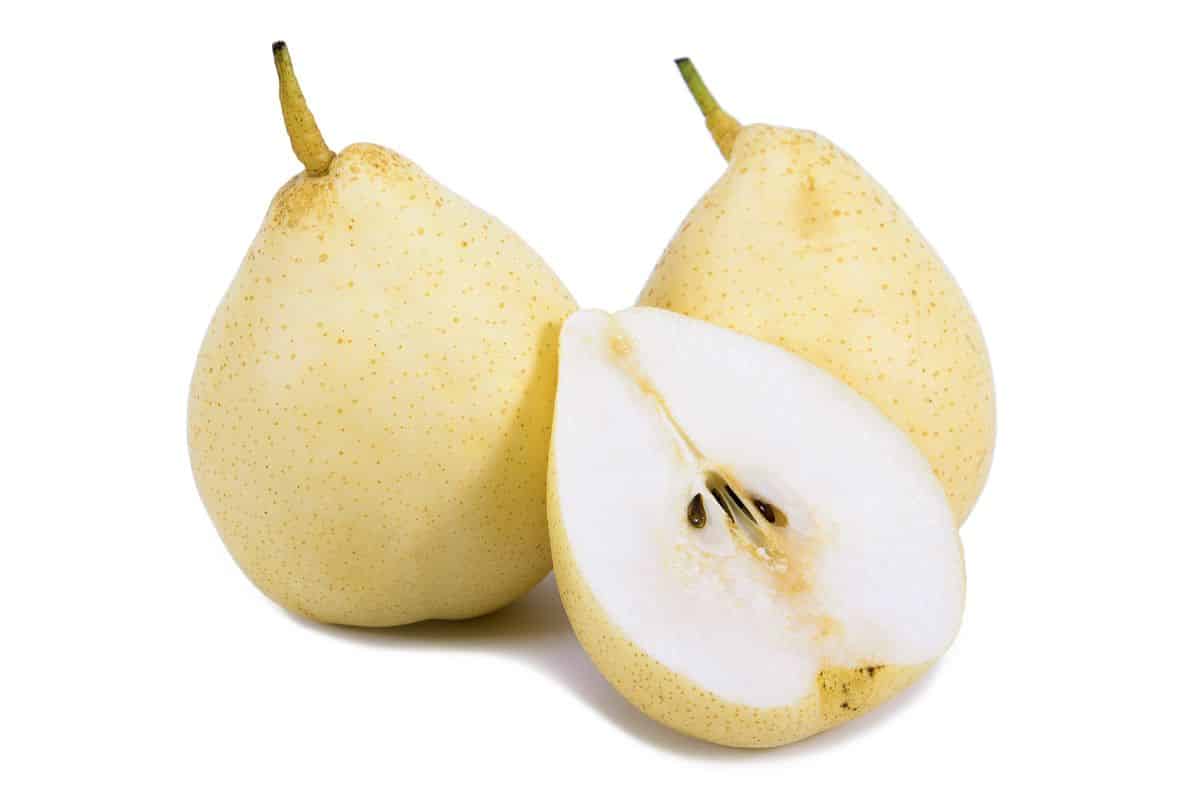
Yali Pears are similar to Asian pears in that they are both juicy, sweet, and crisp. Yali are slightly larger in size with a more “pear like” shape and a light green color. Their larger size would make them a good fit for this Dutch Poached Pears Recipe.
Yangmei
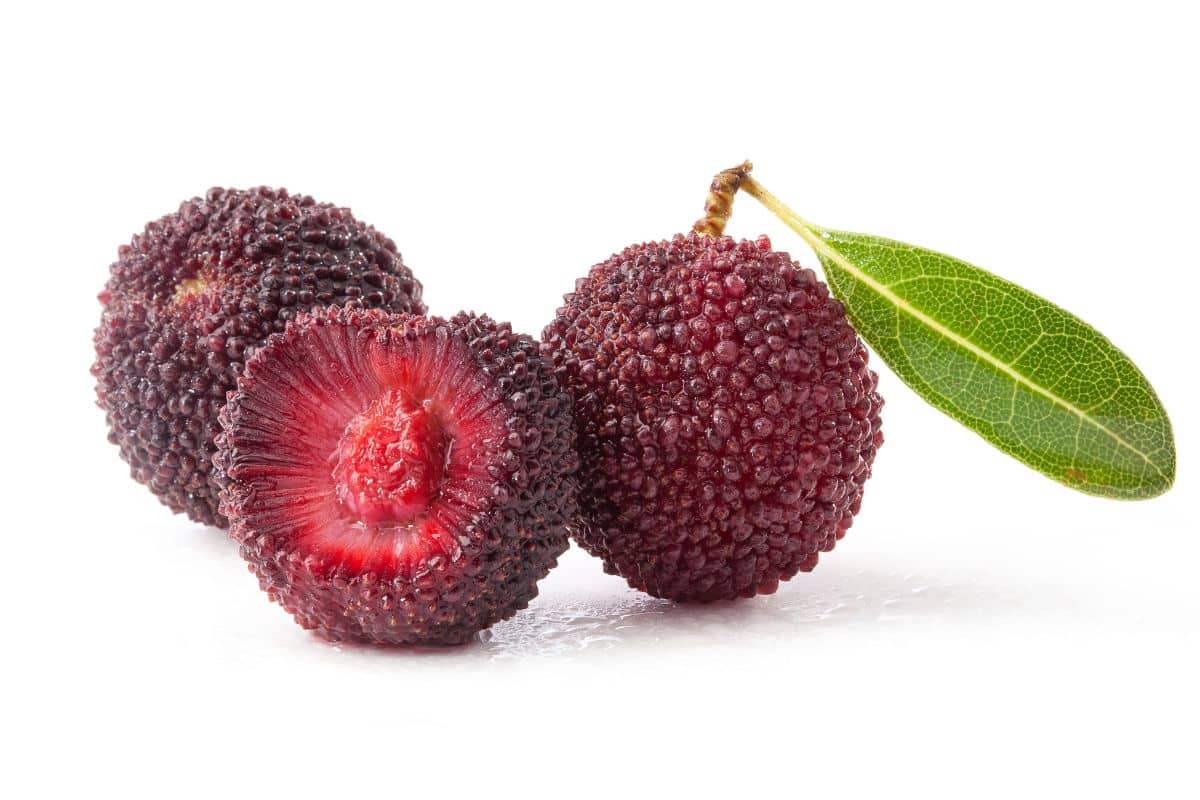
Yangmei is commonly grown in South-Central China and Taiwan. It goes by many nicknames such as Waxberry, China Bayberry, and Red Barberry. The berries are eaten fresh, dried, canned, and in a variety of drinks that include both beer and wine.
Yayat
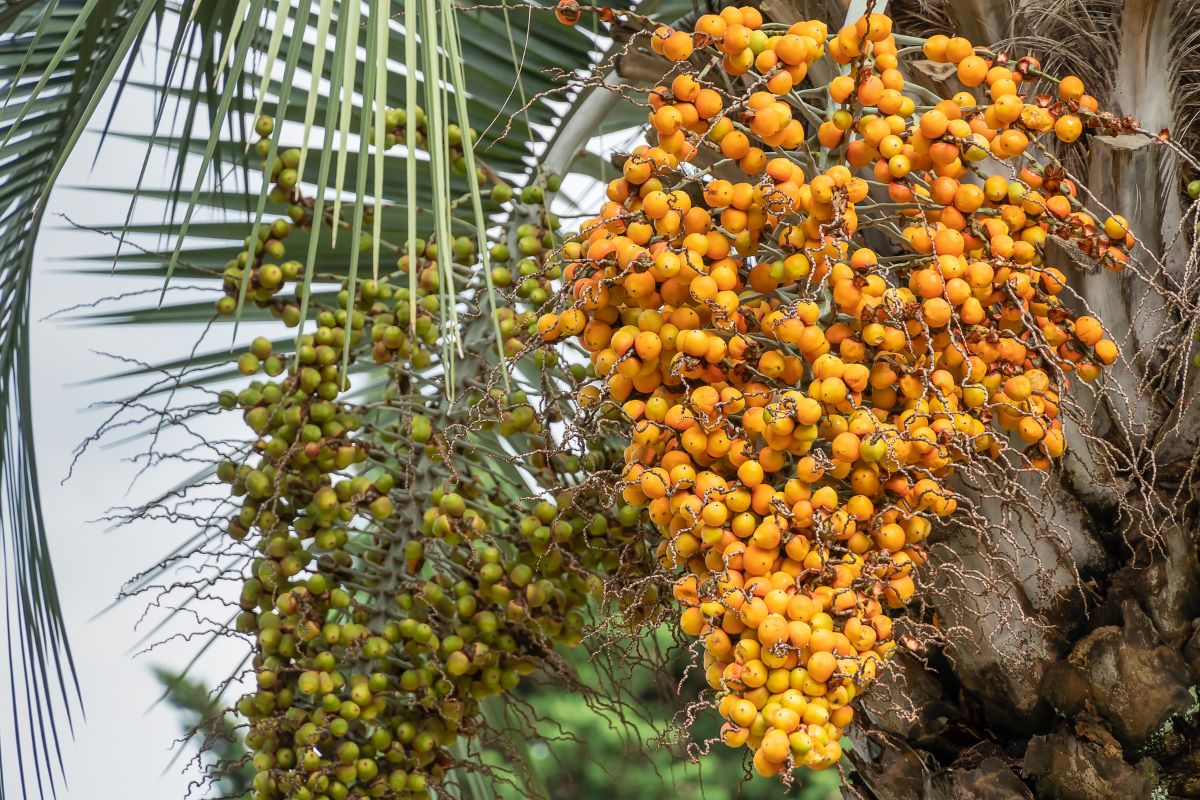
Yayat Palm is native to Brazil and Uruguay though they are today prevalent throughout South America and many southern states in the USA. It is often grown in the USA for its ornamental value though people often complain about the mess the abundance of fruit makes in their yard as the ripe fruit drop to the ground. They taste like a combination of pineapple and apricot, and are often used in jams and wine
Yellow Apple
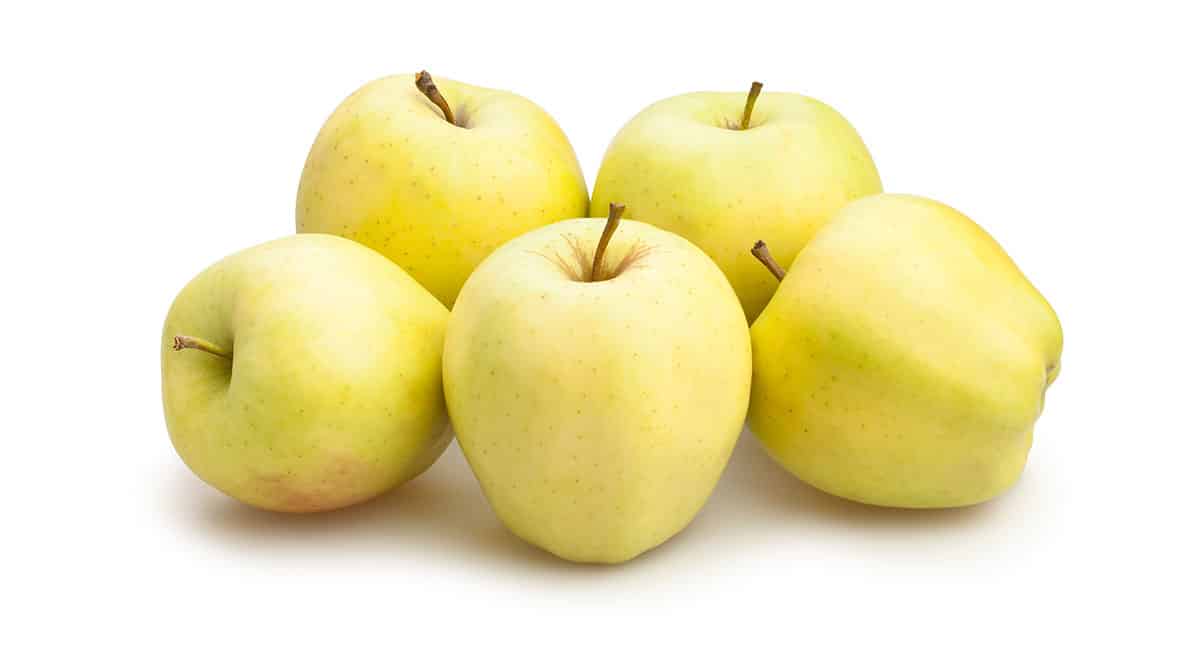
Yellow Apple is not a specific apple but simply a grouping of those apples that are distinctively yellow. These include:
- Golden Delicious
- Jonagold
- Newtown Pippin
- Crispin
- Blondee
- Criterion
- Silken
- Winter Banana
- Ginger Gold
- Belle de Boskoop
- Golden Supreme
There may be as many as 30,000 apple varieties worldwide today, and 2,500 of these are grown in the United States. Apples have been grown and eaten since the Roman Era and quite possibly before that. If you want more information on just a few of the most popular American apples check out our Apples 101 Nutritional and Variety Guide.
Yellow Guava
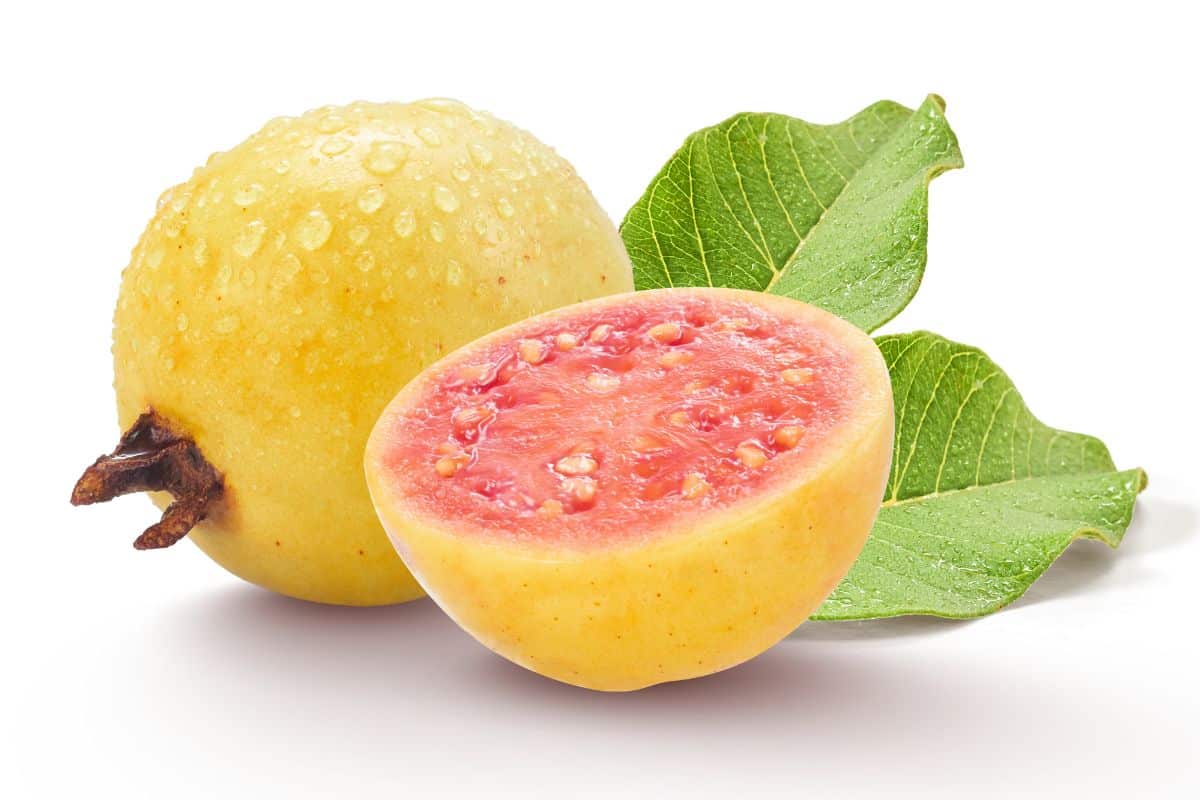
Yellow Guava are native to Peru where evidence of their cultivation reaches back over 2,800 years. Today they grow in tropical and subtropical climates around the world. The yellow guava is a bit smaller than some other guava variants, particularly the large white guava, and is often eaten raw or in jam, pies, smoothies, and juices. The super power of the guava is its use in this Easy Hawaiian POG Juice.
Yellow Passion Fruit
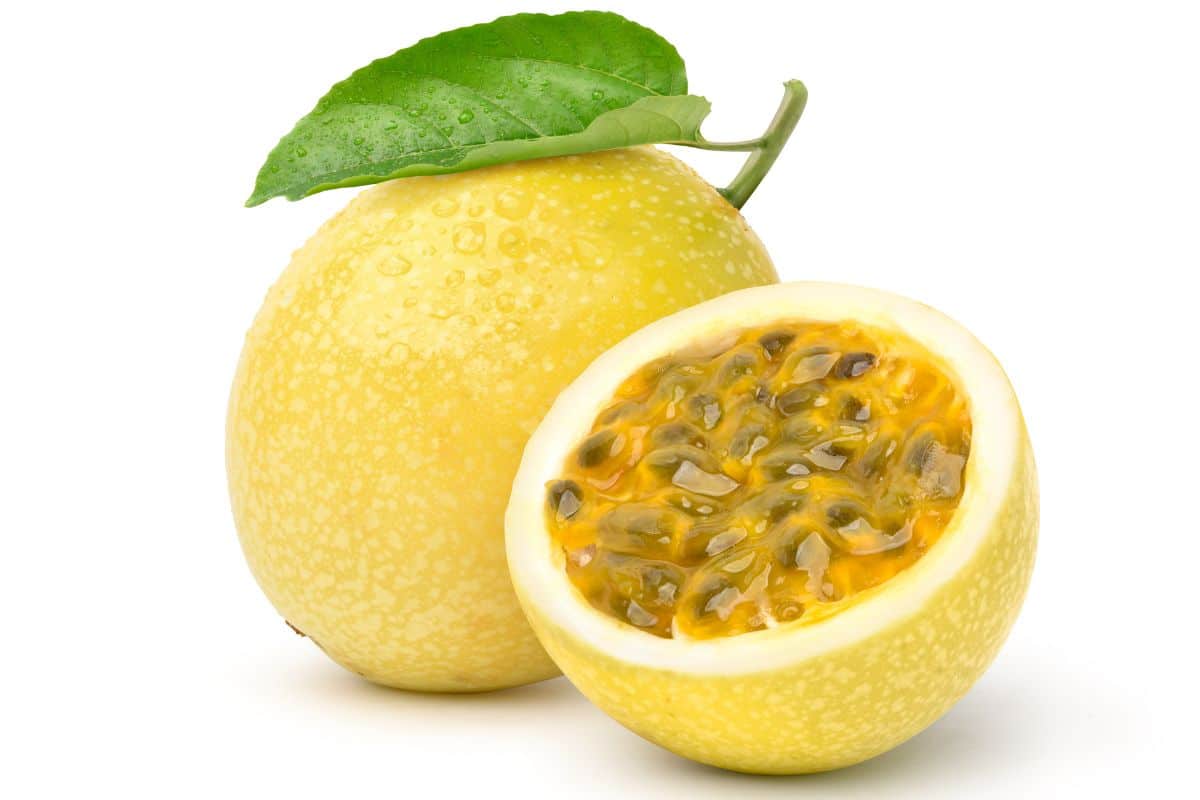
Yellow Passion Fruit are known for their sweet-tart pulp, but really that is the case with all varieties of passion fruit. The pulp can be used as is in fruit salads, cocktails or served a top yogurt and ice cream. Passion fruit is a tropical fruit indigenous to Brazil, Paraguay, and Northern Argentina, though you can now find it growing in many places around the world, to include Hawaii and Florida!
Folklore says when you eat a passion fruit you’ll fall in love with the next person you lay eyes on. I think the scientific evidence behind this is simply that passion fruits are so darn tasty. Obviously, we have a passion for this fruit, but should you want to know still more see Passion Fruit 101: Buying, Eating, Health Benefits and More!
Yellow Plum
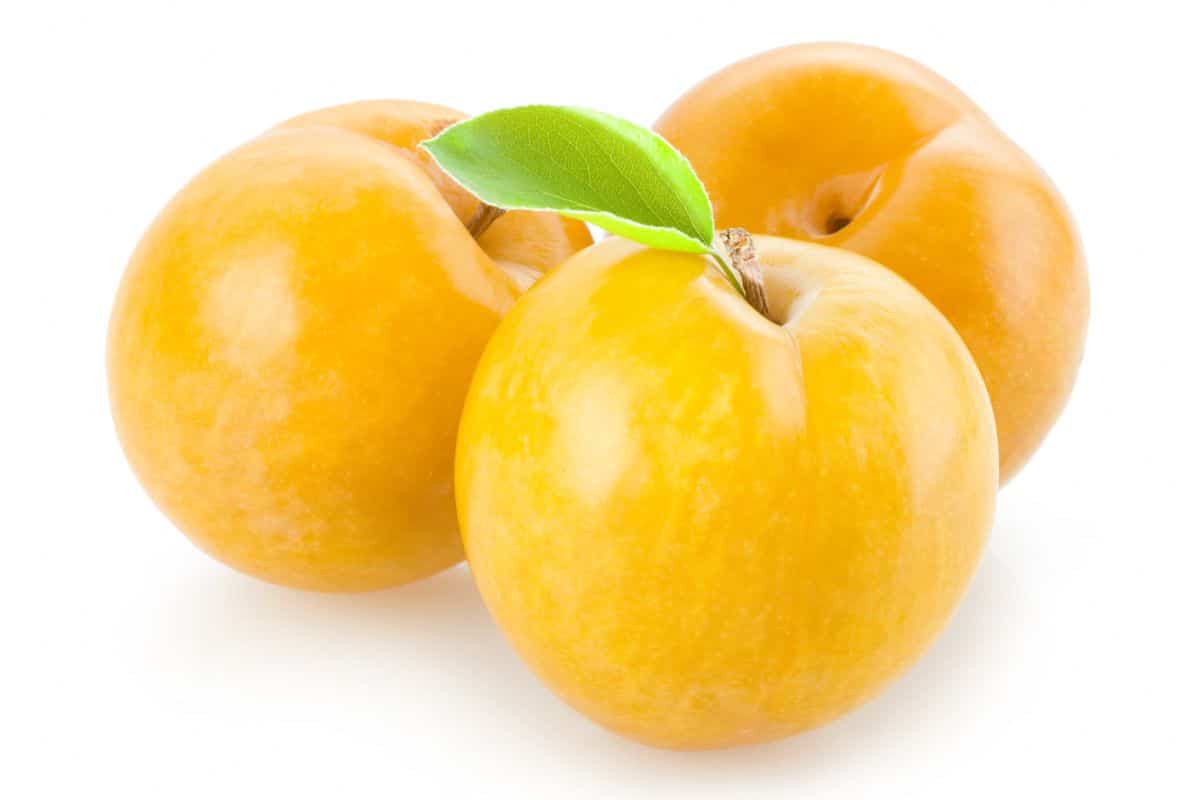
Yellow Plums are generally smaller than other plums, but like others have a dense sweet pulp. The tart skin can leave a bit of an after-taste. Plums were one of the first fruits we humans domesticated, which means we’ve had thousands of years to breed new varieties of plums.
There are way too many to list them all here, but here are some of the main varieties you may come across as well as nutrition information, how to select, store, etc. Plums 101: Everything You Need To Know. A little primer: they are really healthy with a decent amount of fiber and vitamin C but only about 13 calories an ounce. Still, they are naturally sweet and make great treats like these Homemade Plum Fruit Rollups.
Yellow Sapote
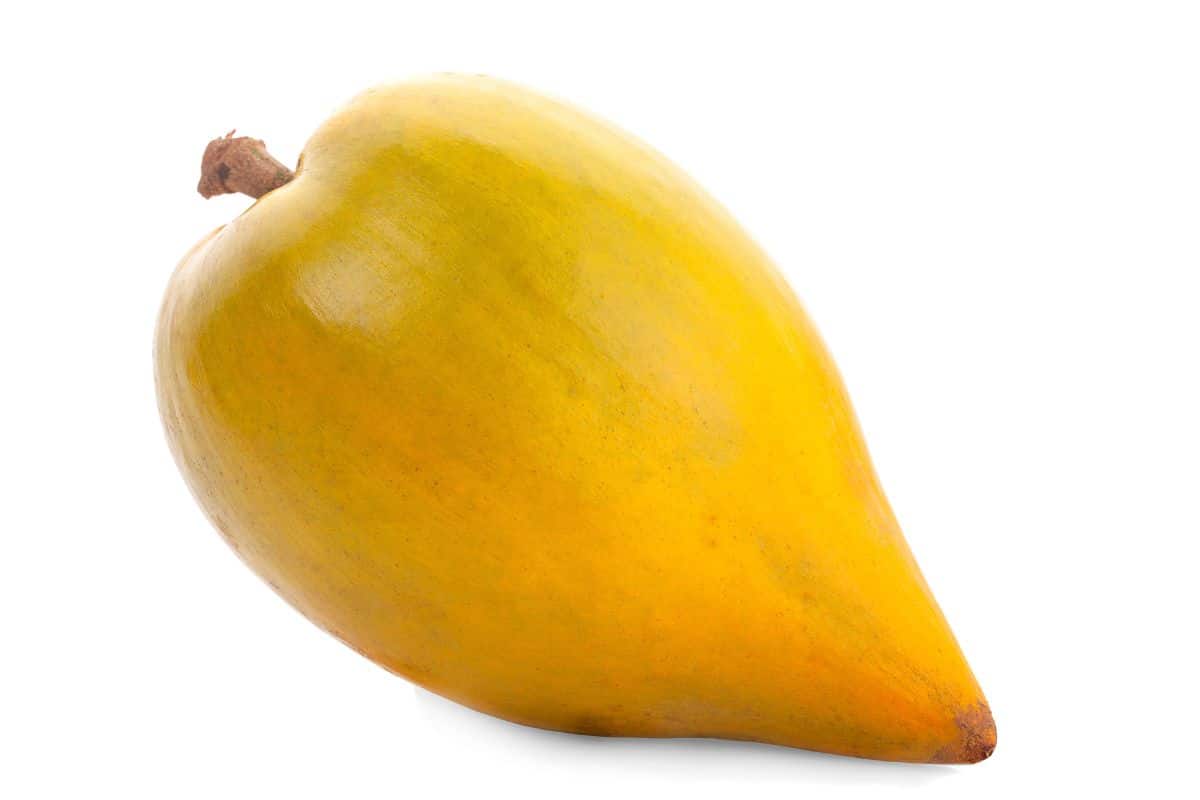
Yellow Sapote are native to Mexico and Central America, but are now also cultivated in India, Brazil, and the United States. They reach up to about a pound, and the pulp can be a bit pasty but is generally creamy with a custard like taste.
Yellow Strawberry
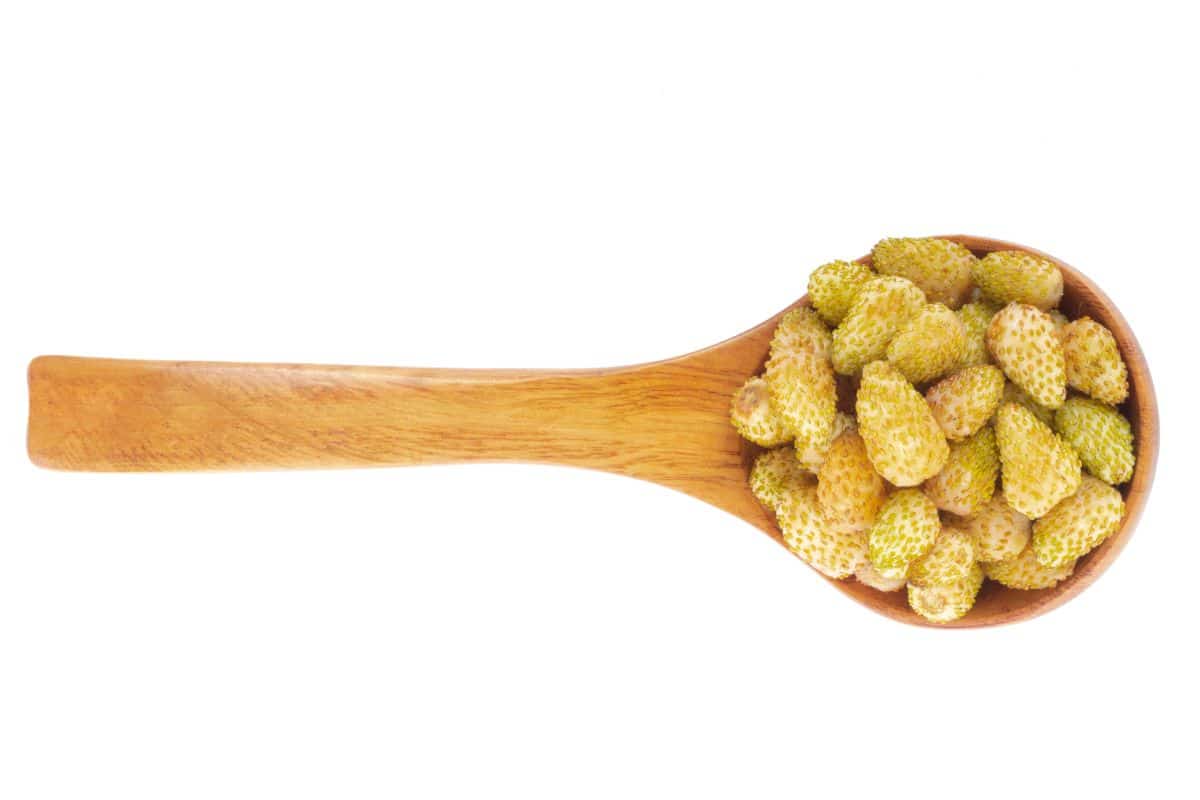
The Yellow Strawberry or Alpine Strawberry is a small, and often sweeter, version of regular red strawberry varieties. Among strawberries they are unique in that they do not spread via runners, but by their seeds. For information on how to choose, store, and hull strawberries as well as nutritional information check out our Strawberry 101 Guide.
Yellow Watermelon
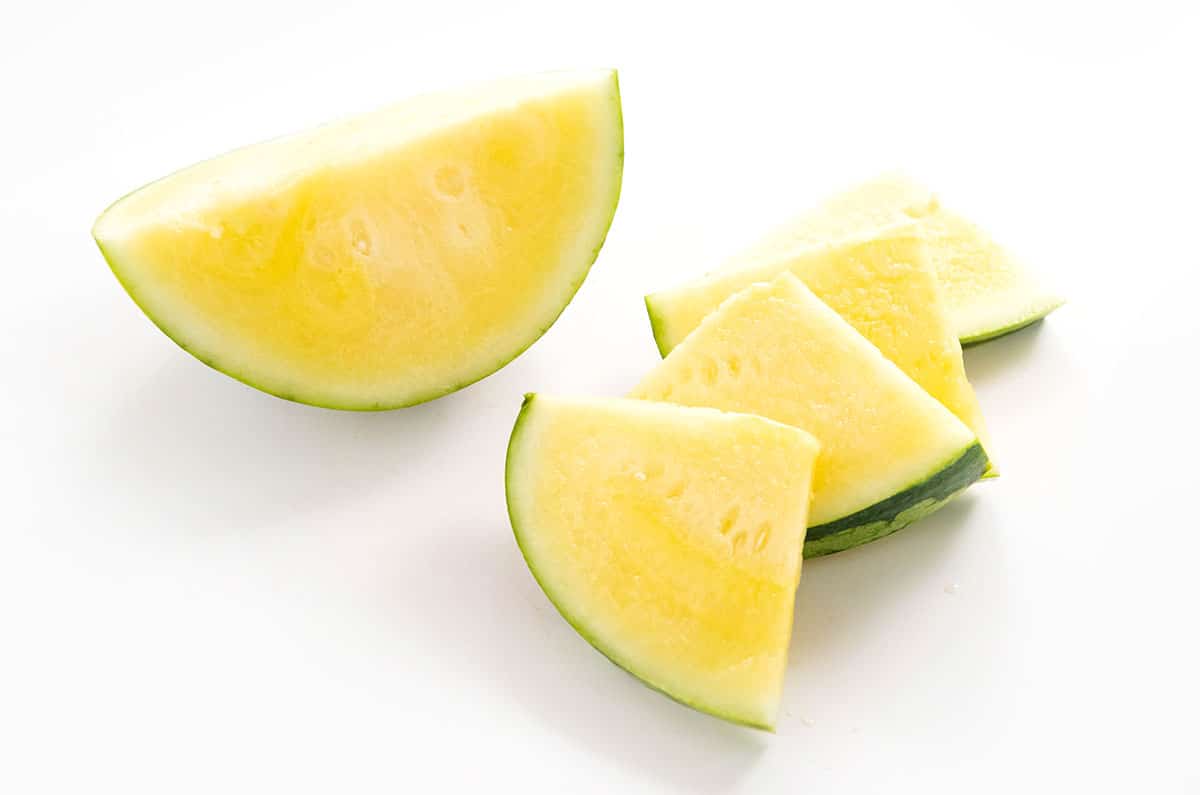
Yellow Watermelon were first cultivated in Africa well before the common red watermelon we know today. The red color came about as the plants evolved and Lycopene appeared in the melons. Yellow watermelon tastes very similar to its red cousins (both melons look similar on the outside), but the yellow is said to have a taste of honey to it.
Yemenite Citron
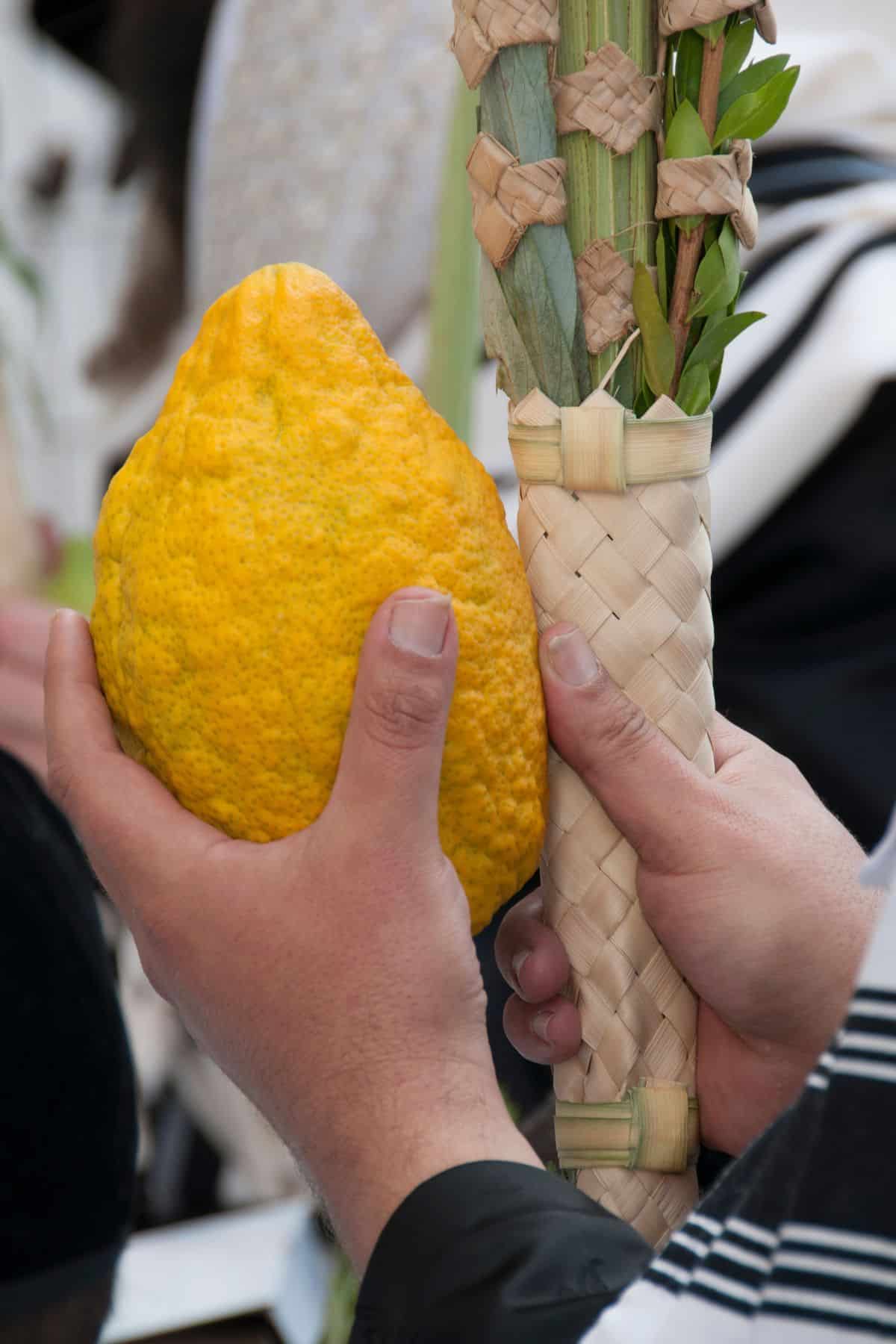
Yemenite Citron is unusual in that it has no pulp which rather begs the question “what is the point?”. It is named after the Yemenite Jews who value this citron by tradition. The most common use of citrons remains in Jewish religious observances though the peel is also commonly candied in the Mediterranean region.
York Apple
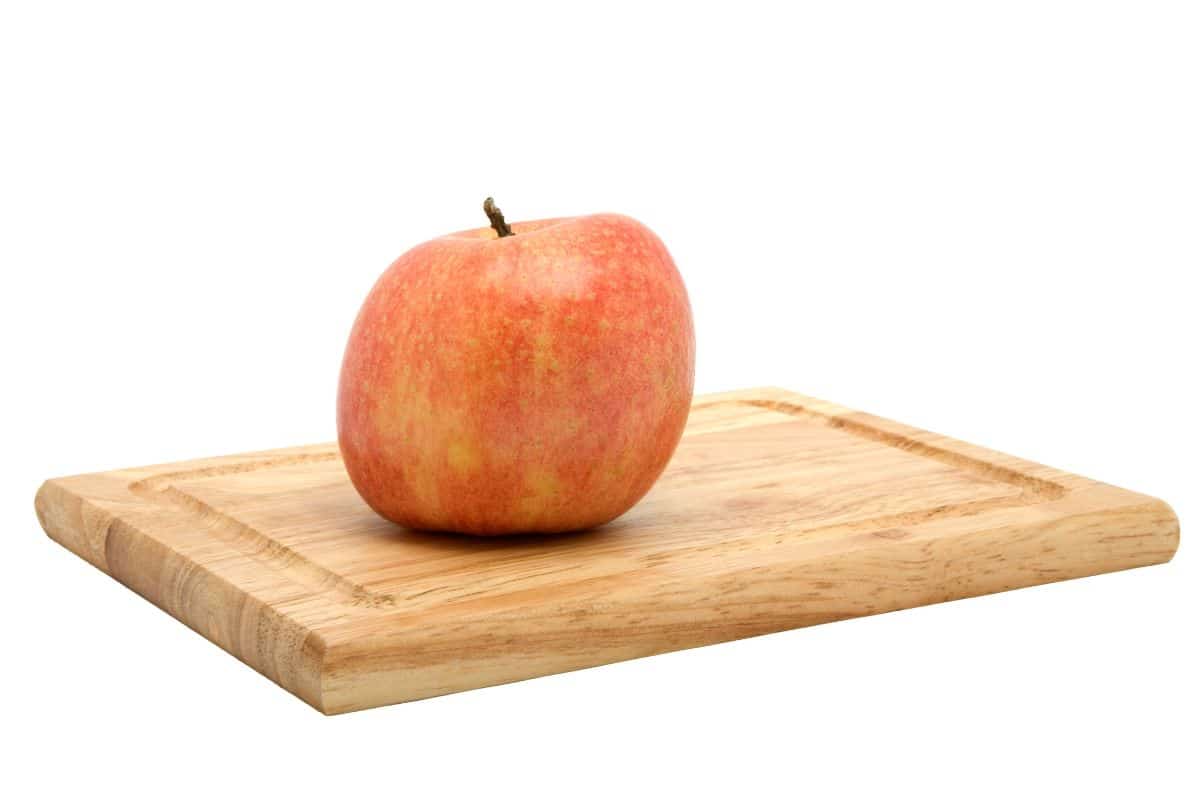
The York Imperial Apple was developed at a Quaker nursery in 1820 in York Pennsylvania. This apple is easily spotted as it grows distinctly lopsided. It is just one of the something like 2,500 apple varieties in America today.
Young Mango
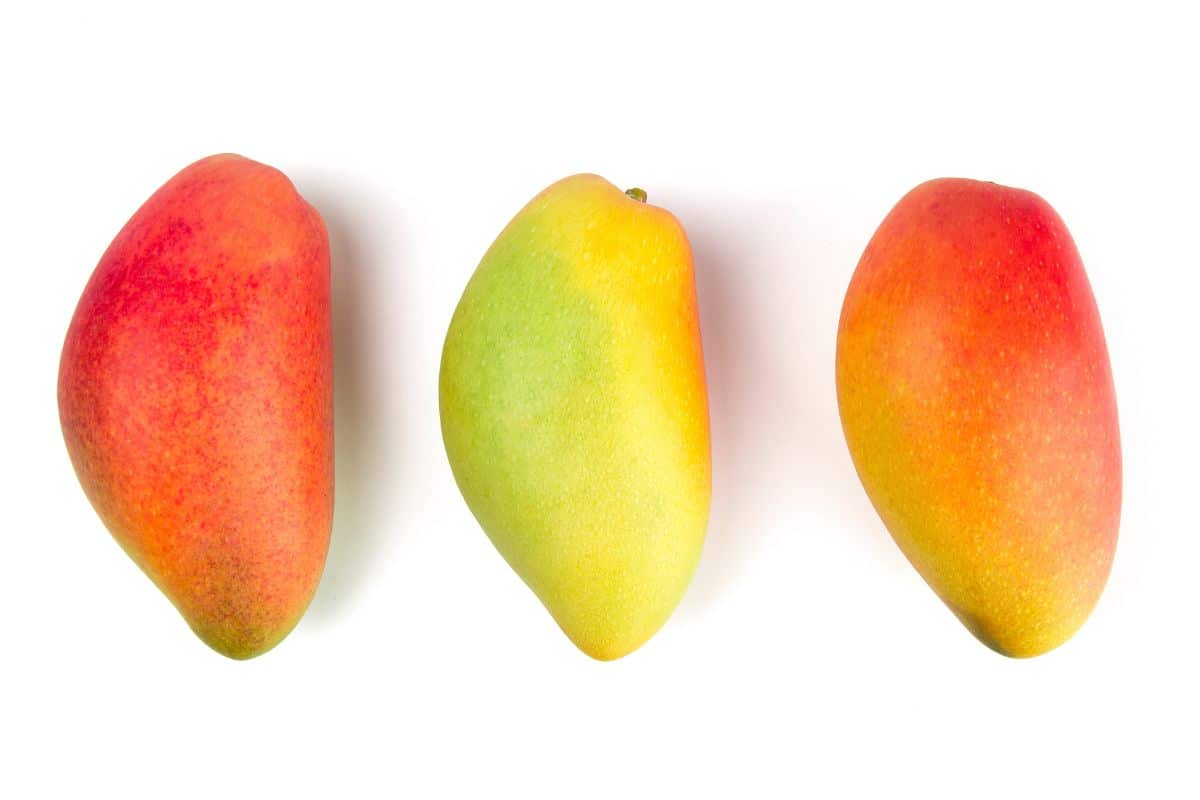
The Young Mango is also known as the Baby Mango. They are small and have a somewhat flat shape with a smooth waxy emerald green skin. The yellow pulp is a bit acidic and tangy. Mangoes are originally from South Asia, but made their way across the tropics and into America around 1880.
Today, mangoes are the most commonly eaten fruit in the world, with India being the leading producer. It’s a stone fruit, meaning it has one hard seed surrounded by tasty fruit. Peaches, cherries, and plums are all stone fruits as well. For information on how to select, store, and cut mangoes plus a whole lot more check out Mangoes 101: Everything You Need To Know About Mango.
And, did we mention that they make fantastic tropical smoothies? We highly recommend trying The BEST Mango Smoothie Recipe (3 Ingredients).
Youngberry
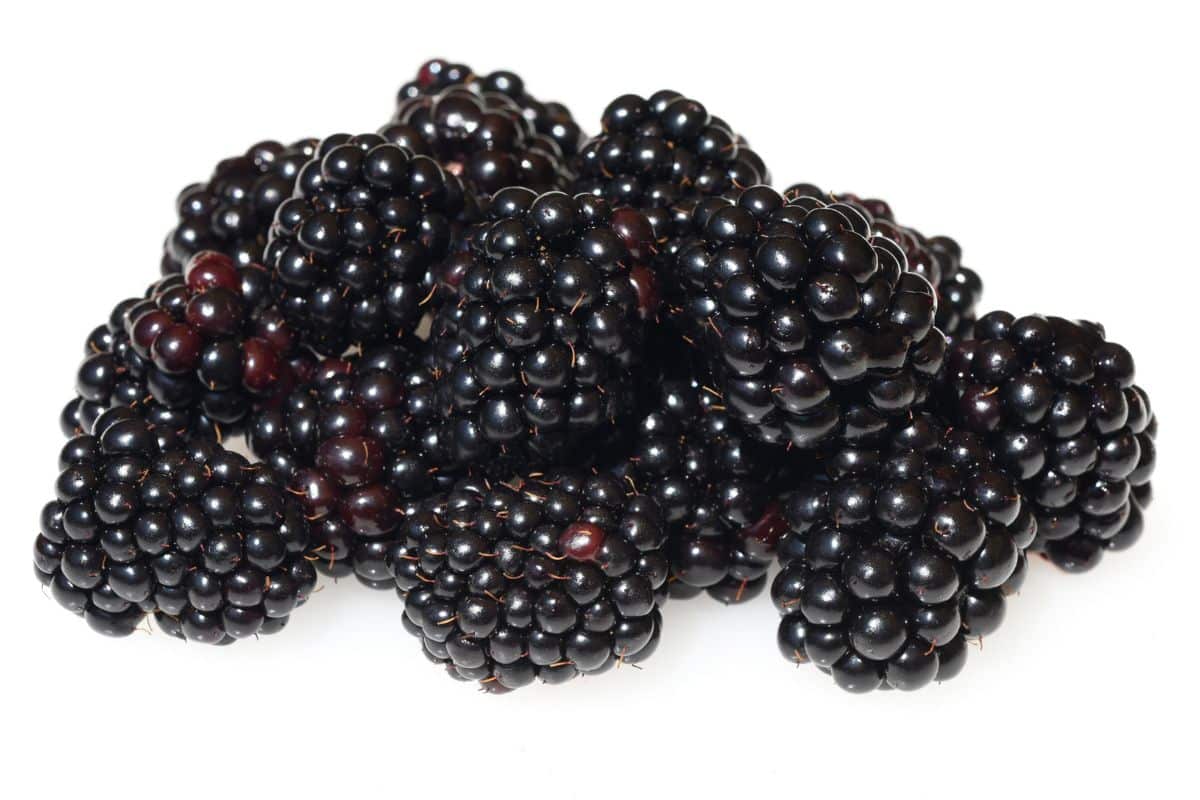
The Youngberry Fruit is a hybrid between raspberry, blackberry, and dewberry created in the early 1900s in Louisiana. They are grown today in Oregon, South Africa, Australia, and New Zealand. You can use these as a substitute for raspberries or blackberries in most recipes. Perhaps try them in this Watermelon Berry Fruit Salad with Yogurt Dressing Recipe.
Yucca
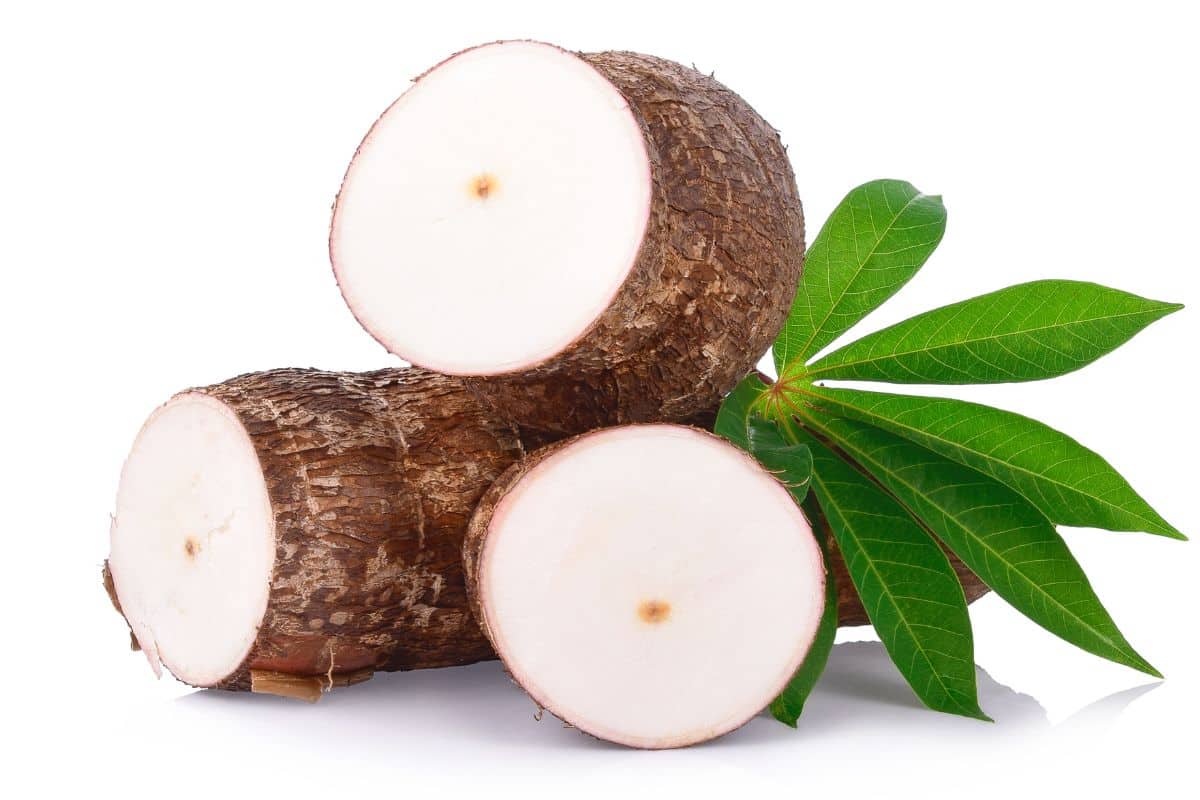
The Yucca is sometimes called the banana yucca for a vague resemblance to bananas. They have been eaten by the indigenous tribes of the American West for centuries. Yucca are often roasted and said to be incredibly sweet that way. It can also be pureed to make an applesauce like dish or used as a pie filling. As a filling, it may not even need additional sweetener.
Yumberry
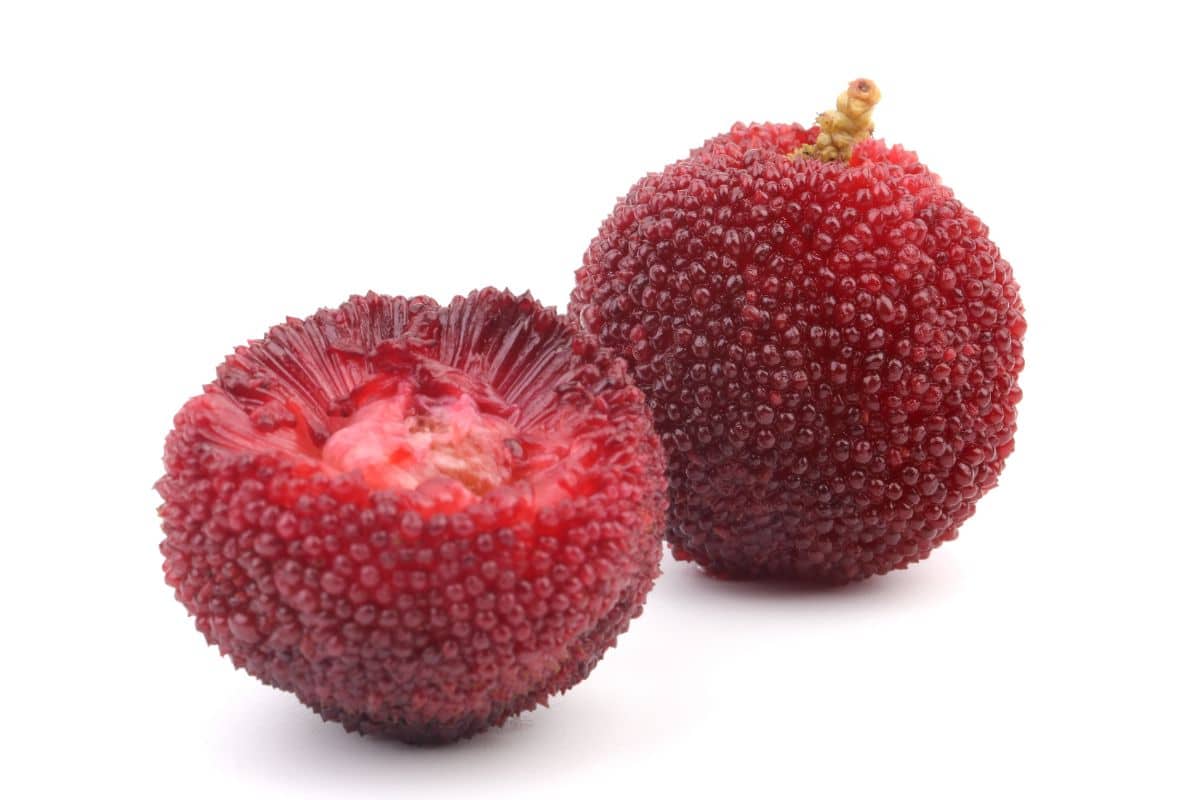
The Yumberry is native to South-Central China where it has been cultivated for over 2,000 years, but normally known as the Chinese Bayberry. The term Yumberry was actually introduced by an American importer who wanted to make it more marketable in the United States. The small red berries are quite sweet and the trees are used decoratively in China.
Yunnan Hackberry
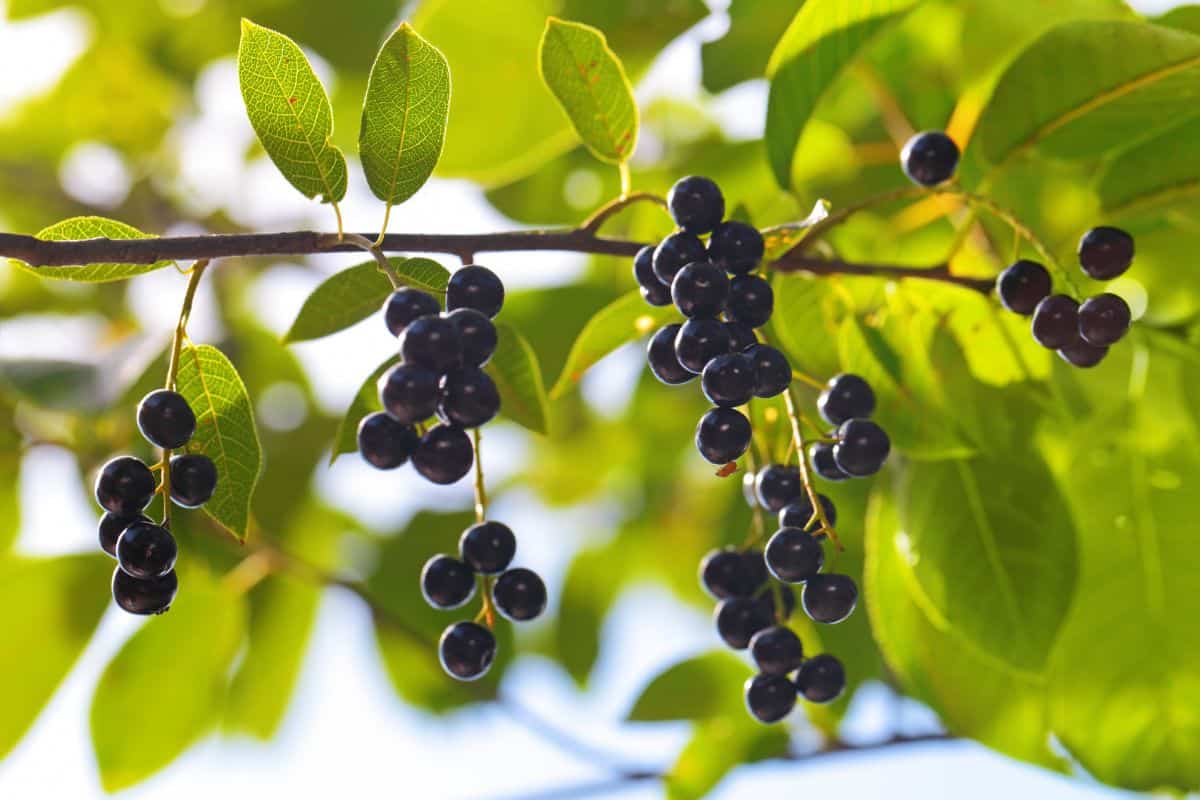
The Yunnan Hackberry is a berry most of us haven’t heard of largely because it is difficult to pick. The berries are small and grow higher up in the trees making them not worth the bother to most people. They have a sweet purple skin enclosed in a crunchy shell. Hackberries have been eaten by humans for millennia as evidenced by remnants of them found deep in cave dwellings.
Yuzu

The Yuzu is a citrus fruit native to Central China that spread to Korea, Japan, Australia, and Southern Europe. The Yuzu is a hybrid between the mandarin and the Ichang Papeda. It looks like a small grapefruit.
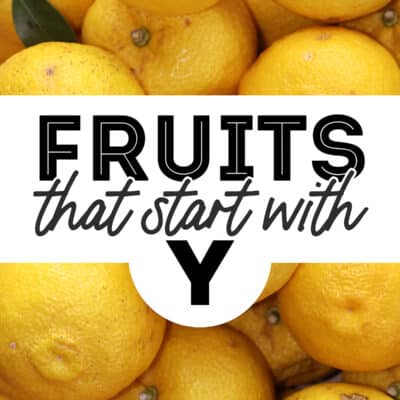
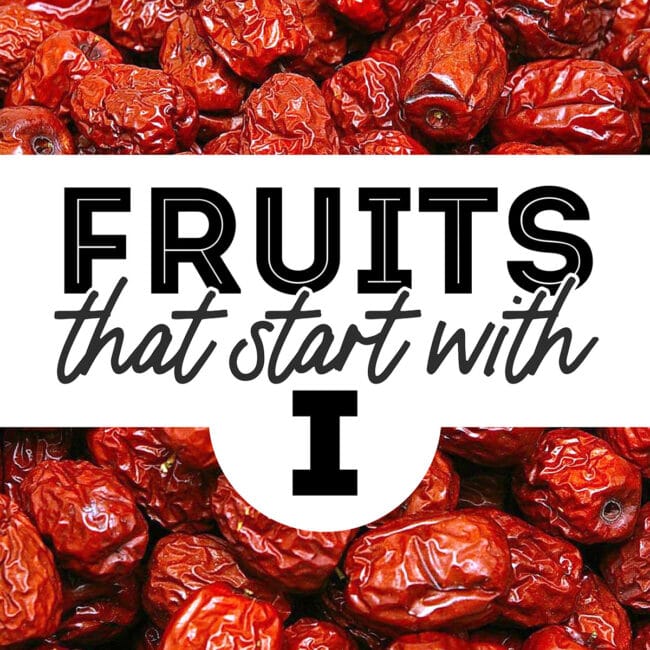
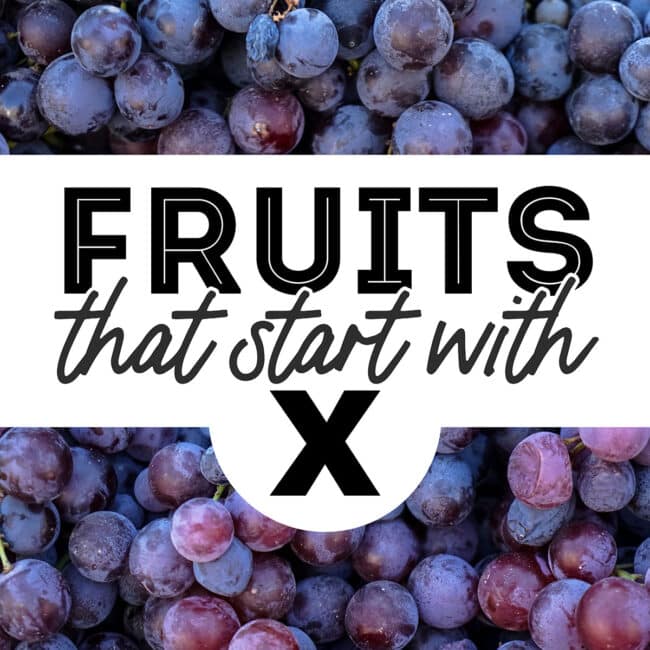
Leave a Comment